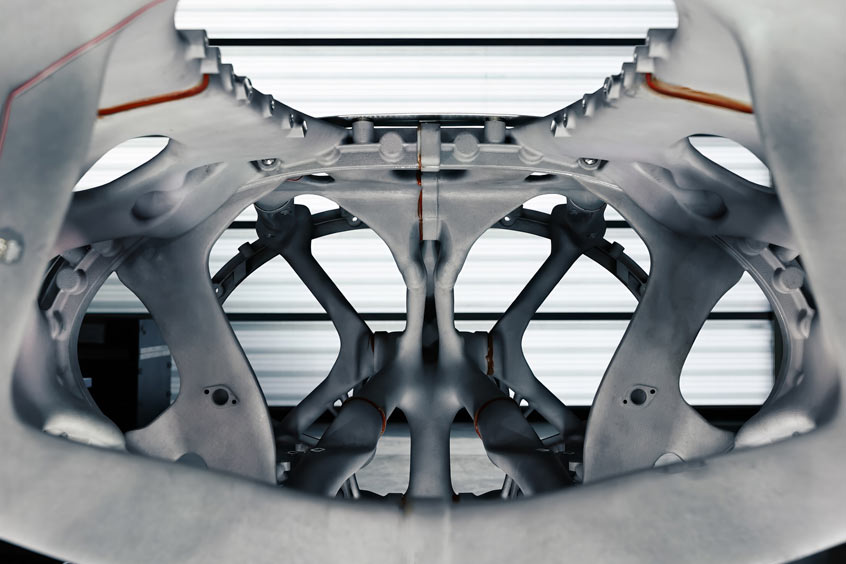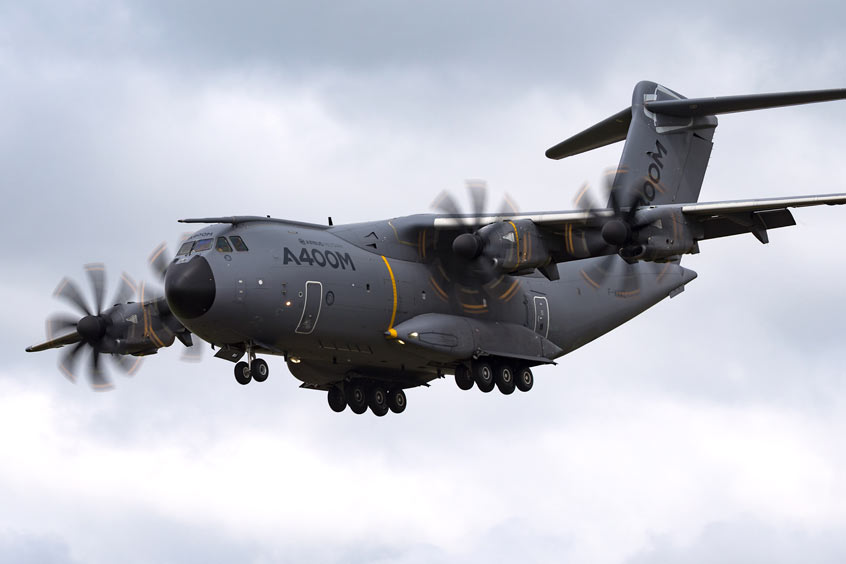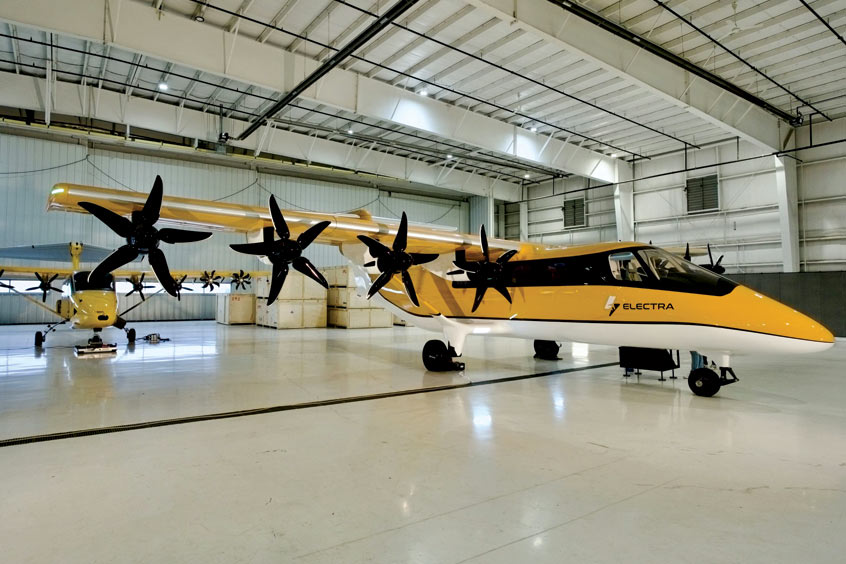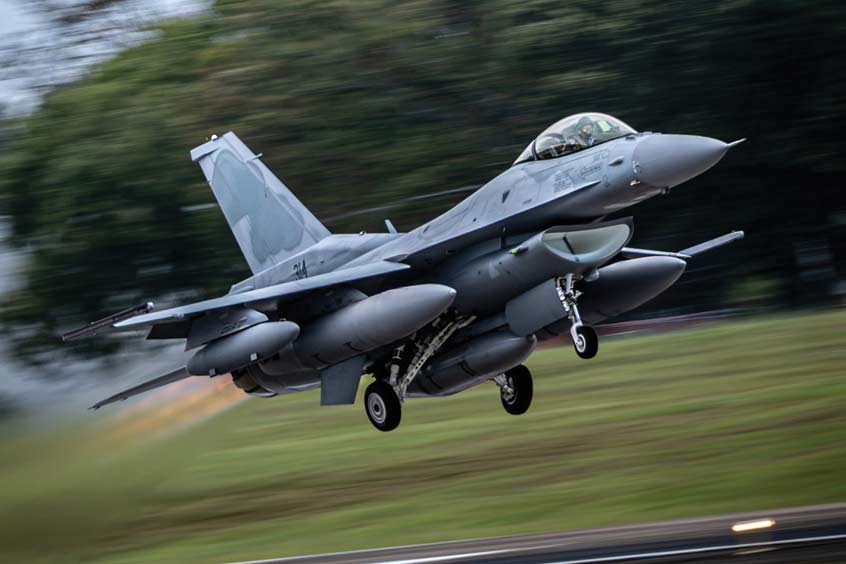Boom Supersonic has revealed a refined design of its Overture aircraft and also announced a partnering agreement with Northrop Grumman to develop special mission variants of the aircraft.
The company will begin outfitting The Iron Bird, a new 70,000-square-foot hardware ground test facility in Centennial, Colorado to house its first full-scale Overture testing model and flight deck simulators. The test model, also called an iron bird, will be used for integrating Overture's flight hardware, software, and systems. Earlier this year, Boom announced its selection of the Piedmont Triad area for its first Overture Superfactory and remains on track to begin production in 2024.
"Time is a strategic advantage in high consequence scenarios, from emergency evacuations to disaster response," says Boom founder and ceo Blake Scholl. "This collaboration between Boom and Northrop Grumman unlocks the potential for Overture to provide the US and our allies with an unmatched high speed capability when and where it's most needed."
Together, the two companies will pursue new use cases for Overture to support government and military operations that require rapid response, including quick-reaction surveillance and reconnaissance, command and control, as well as mobility and logistics missions such as emergency medical and troop transport.
"Pairing Northrop Grumman's airborne defense systems integration expertise with Boom's state-of-the-art Overture supersonic aircraft makes perfect sense," adds Tom Jones, president of Northrop Grumman Aeronautics Systems. "Together we can ensure military variants of Overture are tailored for missions where advanced system capabilities and speed are critical."
As it continues to build the supply chain for Overture, Boom has also announced new and expanded relationships. Collins Aerospace, Eaton, and Safran Landing Systems are joining the Overture program, supplying key systems such as landing gear, fuel and inerting, avionics, and ice protection.
Carrying 65-80 passengers at twice the speed of today's airliners and running on 100% sustainable aviation fuel, Overture will fly Mach 1.7 over water with a range of 4,250 nautical miles.
The company says it has completed 26 million core-hours of simulated software designs, five wind tunnel tests, and the careful evaluation of 51 full design iterations, resulting in an economically and environmentally sustainable supersonic airliner.
"Aviation has not seen a giant leap in decades. Overture is revolutionary in its design, and it will fundamentally change how we think about distance," says Scholl.
In its updated configuration, Boom combines a number of engineering innovations in aerodynamics, noise reduction, and overall performance.
Overture will be powered by four powerful, wing-mounted engines that enable the airliner to cruise at Mach 1.7 over water and just under Mach 1 over land. Additionally, the four-engine design reduces noise while also decreasing costs for airline operators. Engine placement was selected to conform to the strictest passenger safety requirements.
On take-off, Overture will use the world's first automated noise reduction system. The airliner will fly without afterburners, meeting the same strict regulatory noise levels as the latest subsonic aircraft. These noise reduction efforts will deliver a quieter experience both for passengers and airport communities.
According to the principle of area-ruling, Overture's fuselage has a larger diameter toward the front of the aircraft and a smaller diameter toward the rear. Boom has applied this design technique to minimize drag and maximize fuel efficiency at supersonic speeds.
The aircraft's wings are sculpted to enhance supersonic performance as well as improve subsonic and transonic handling. Importantly, the wing shaping also helps ensure safety and stability at any speed.
Overture will incorporate carbon composite materials into the majority of the build that are lighter, stronger, and more thermally stable than traditional metal construction. Carbon composites can also be manufactured with highly complex curvature, contributing to the aircraft's aerodynamic efficiency.
Overture has been developed from the beginning to be net zero carbon, flying on 100% SAF. Sustainability is woven into all aspects of Overture, from design and production to flight and end-of-life recycling.
| Contact details from our directory: | |
| Boom Supersonic | Airframer |
| Northrop Grumman Corporation | Communication Antennas, Electronic Warfare Systems |
| Collins Aerospace | |
| Eaton | Bellows, Brush Seals, Electromechanical Actuators, Engine Parts, Fabricating Services, Flexible Joints, Metal & Alloy Fabrications, Valves |
| Safran Landing Systems | Aircraft Landing Gear, Aircraft Wheels, Anti-Skid Brakes & Systems, Brake System Components, Brake-by-Wire Systems, Carbon Brakes, Electrical Brakes, Electrohydraulic Brakes, Electrohydrostatic Actuators, Electronic Control Equipment, Engine Controls, Helicopter Landing Gear, Helicopter Wheels, Hydraulic Brakes, Hydraulic Filters, Hydraulic Systems & Equipment, Landing Gear Controls, Oil Pressure Monitoring Equipment, Steering Systems, Tyre Pressure Monitors |
| Related aircraft programs: |
| Boom Overture |
Weekly news by email:
See the latest Bulletin, and sign up free‑of‑charge for future editions.

Saab advances digital manufacturing with autonomous fuselage

Airbus deploys Stratasys printed parts for A320, A350 and A400M

Electra kicks off Part 23 application for hybrid-electric EL9
